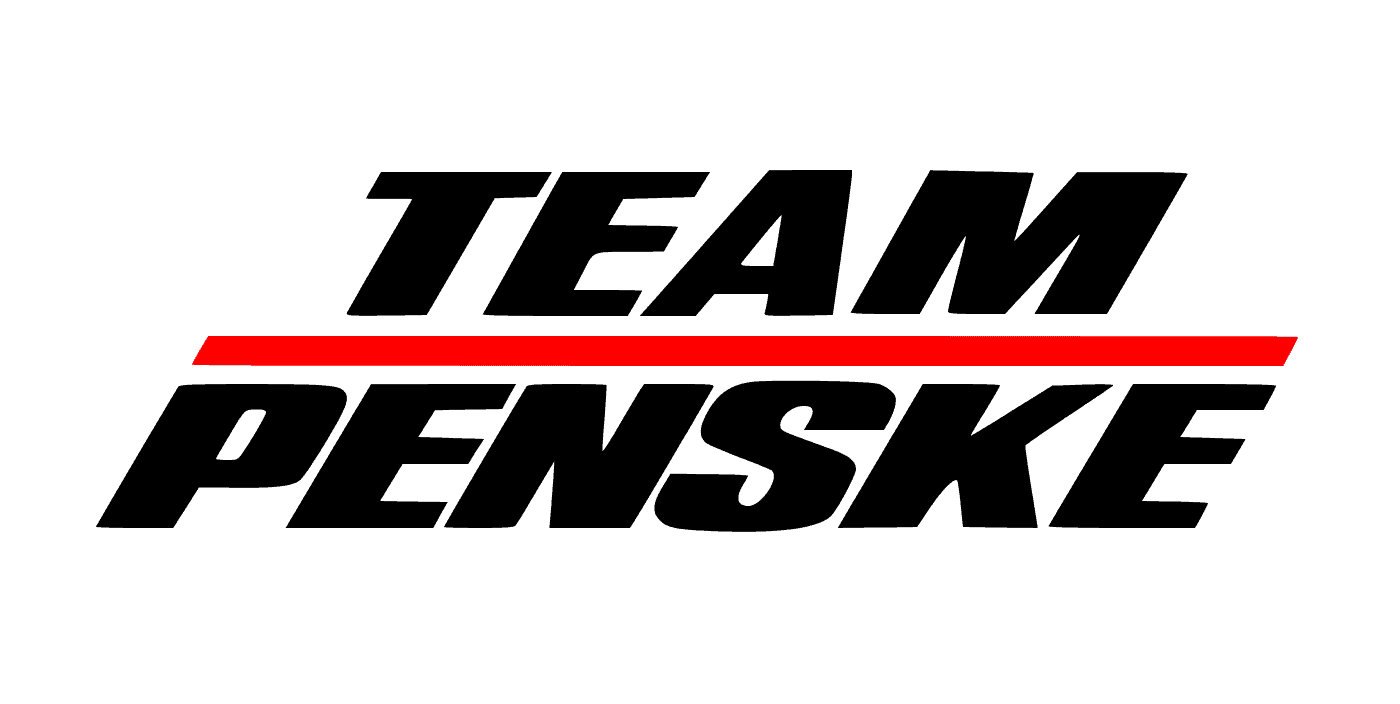Siemens Enables Rapid Digitization in a 175-Year-Old Enterprise
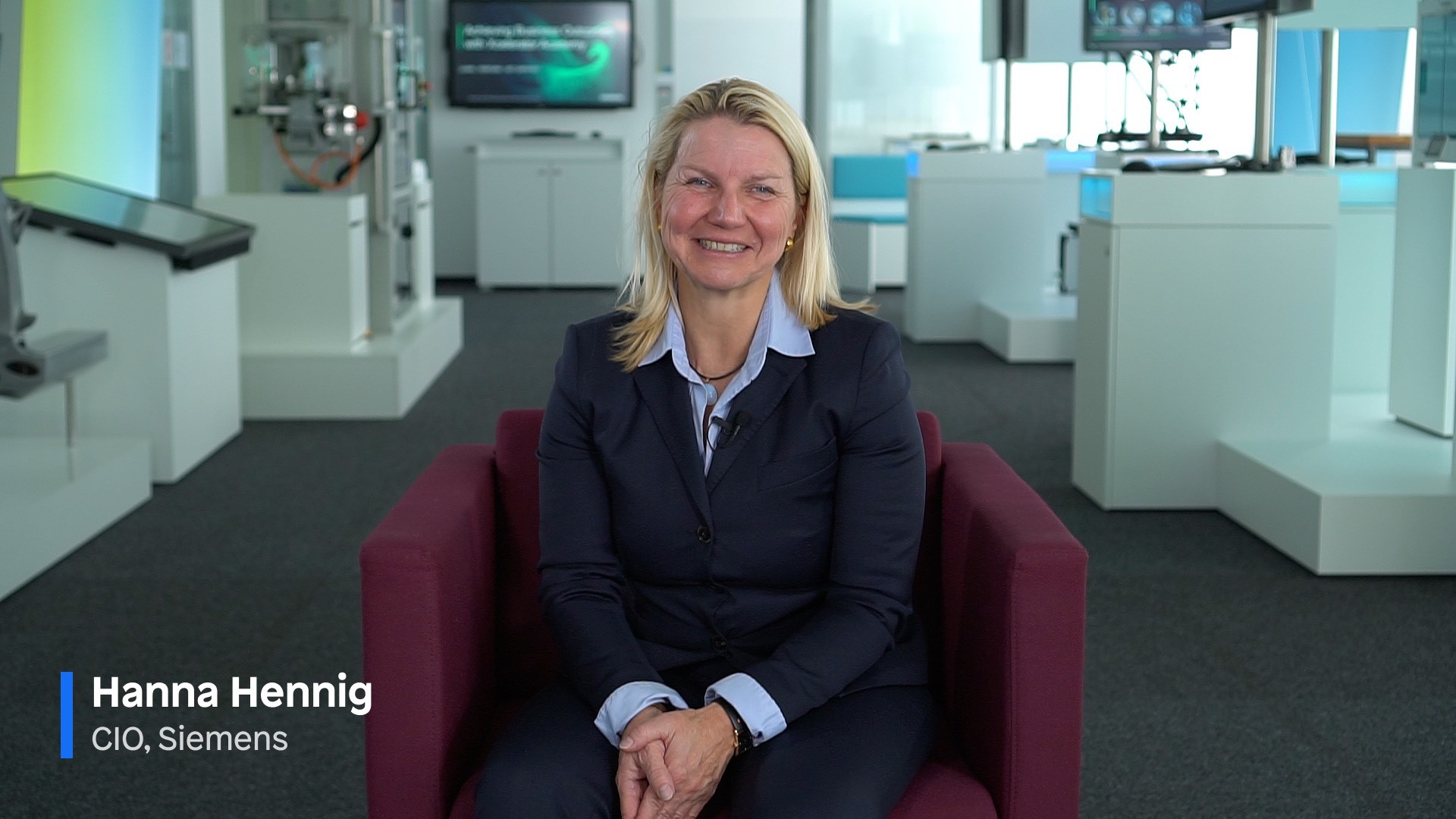
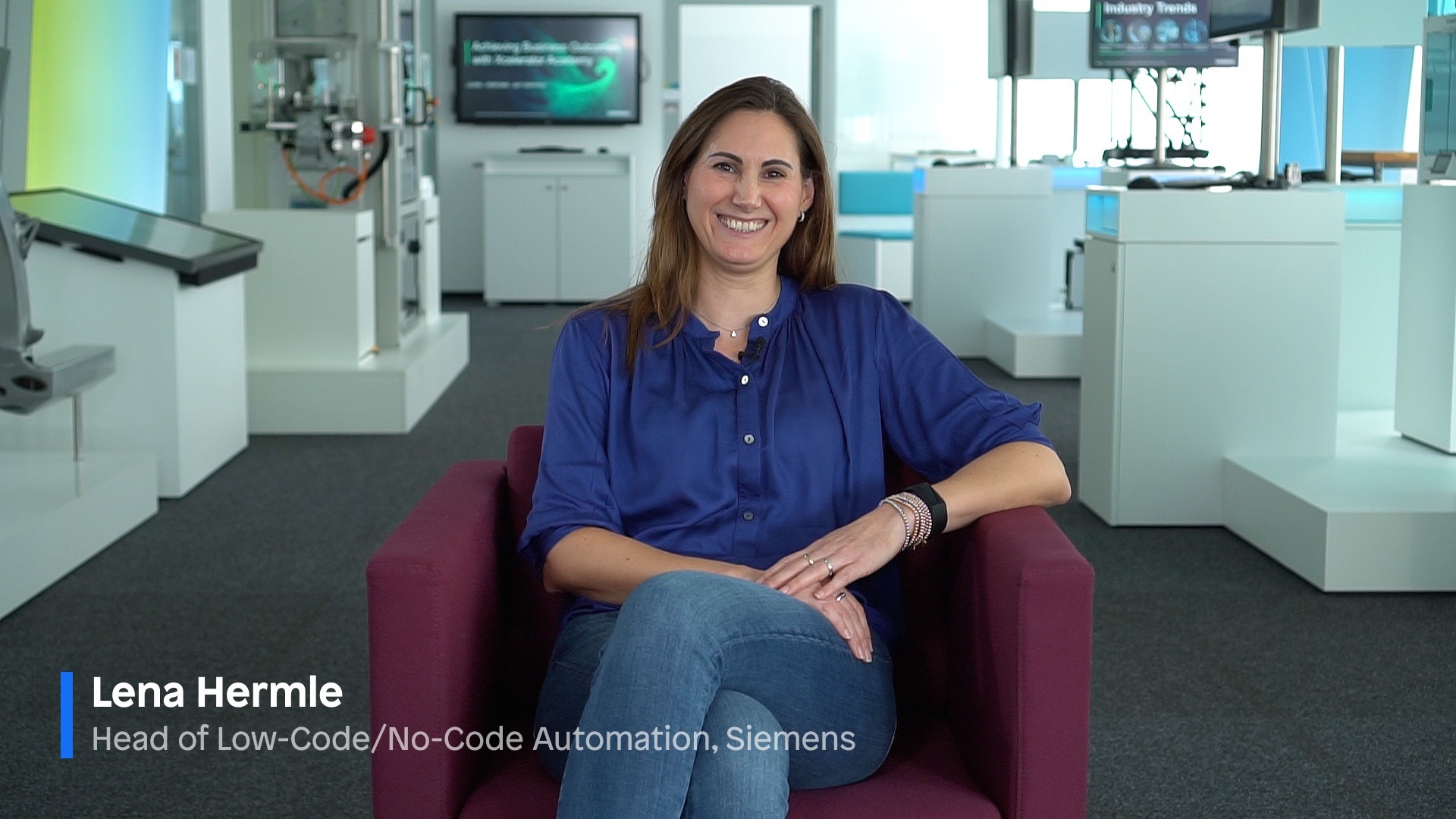
Getting Started
To secure the organizational buy-in and build excitement around their new set of tooling, Siemens decided to make the Mendix platform widely available to its employees. “In the beginning we set the foundational principles, one of which was that every Siemens employee was able to get a Mendix license. This laid the groundwork for our first phase – the start phase – where we looked at quick wins and team building,” said Hermle. “We tried to identify initial applications that we could build rapidly and have a high impact.”
This also included establishing a formal Mendix Adoption Program, a practice to contextualize and evangelize the impact of low-code, which accelerated the team’s progress around 2019. The IT organization was focused on enabling employees to develop with Mendix in a high-quality and governed way. Any employee could experiment in Mendix and would also have access to Rapid Developer Certifications, bi-weekly DevOps Center meetups, and introductory Mendix sessions.
One of the team members who took the opportunity to try out the new development platform was Philipp Lutz, an IT Partner in the Siemens Motion Control unit. “I heard about Mendix for the first time after the acquisition in 2018, and then saw that I could also start developing in it myself. I remember talking to a colleague back then and seeing potential in the active community and the [Mendix] Marketplace. There was potential, and we’ve been working with it ever since,” says Lutz.
Scaling up to Success
The Siemens IT team saw the value in implementing proven Mendix frameworks for low-code success, one being a focus on the pillars of people and promotion, portfolio, platform, and processes. Hermle’s group dedicated a workstream to each of these areas to scale out development quickly, which she summarized as:
- People and Promotion, focused on empowering new platform users to participate in digital transformation by way of platform enablement, community events, trainings, and certifications. Successes are shared in the form of customer success stories, use cases, and newsletters to inspire more employees to get involved, creating a virtuous cycle of learning and making.
- Portfolio, focused on managing the app portfolio with a goal to create more transparency between applications which have been built, identifying opportunities for reuse, and conducting value assessments.
- Platform, focused on meeting security standards and maintaining Siemens’ deployment platforms – AWS and OpenShift.
- Process, focused on best practices and guidelines for scalability, such as a DevOps center, the agile methodology, and guidance around portfolio reuse, all acting as guardrails for any Siemens developer.
“In the structure phase we were looking at governance and documentation, determining how we could put down guidelines and guardrails for application development and deployment,” says Hermle. “During the last phase, the scaling phase, this is where we looked at the reusability of applications, scaling the developer community, and our ecosystem as a whole.”
With a rapidly growing portfolio of applications, the Siemens IT team created the Starter App which contains the basic setup for a new application to ensure consistency and quality. The Starter App has features such as the latest Siemens UI resource package and an integrated SAML module, offering employees IT-approved building blocks to start creating.
Collaborative Development Accelerates Delivery
Linda Hirsch is a Product Owner in the Siemens Mobility unit, which is responsible for the development and safe delivery of railway rolling stock, infrastructure, software, and services. As a product owner, Hirsch prioritizes the business needs for new solutions from her team and is particularly passionate about improving the experience for engineers in the Mobility unit.
In the old ways of working, Hirsch, like many others, felt the strain of misaligned business and IT teams. “Within our former system, we were only able to report back in case of issues, using a ticketing system. There was no personal contact between developers and product owners,” she shares. With regular touchpoints in the agile development process and the collaborative elements of the Mendix platform – such as User Stories, Sprintr, and visual modeling – this is no longer the case.
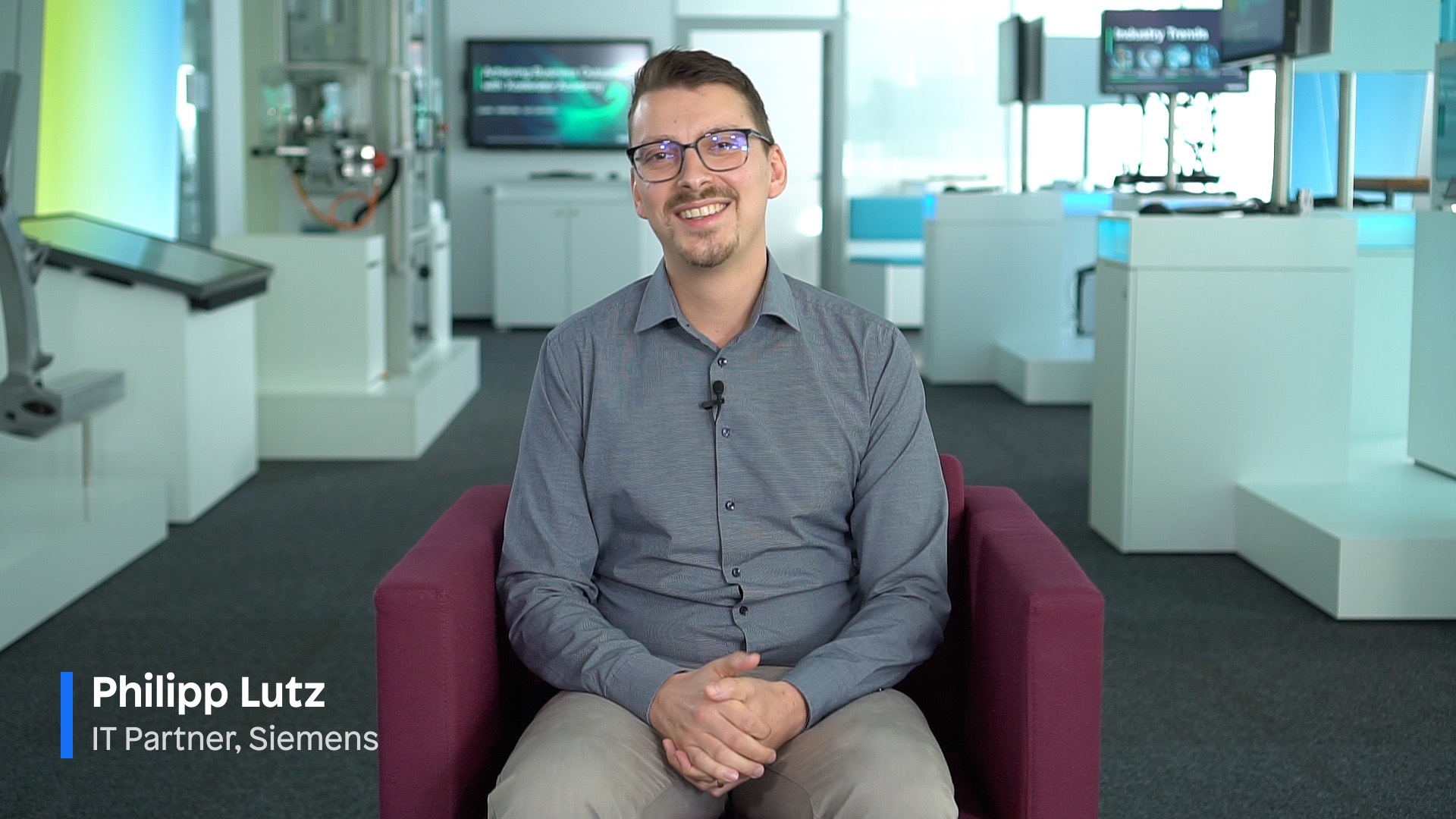
IT Partner, Philipp Lutz, adds, “You can get started with development much quicker, and you can have your developers talk to the business stakeholders right away because you’re all speaking the same language. You can even model the data together. The gap between business and IT is much smaller now.”
As successful projects were delivered, team members became increasingly interested in being trained on Mendix, including C-level executives, who Hennig says “proudly tell me they are now certified Mendix developers.” Additionally, the IT team is supporting the growth of employees who have an affinity for technology but do not have traditional high-code experience. Hennig adds, “For those who are non-IT people but are interested to contribute to digital transformation in their environment, they now have a very simple way to create this technology without having studied computer science whatsoever.” The results of enabling their workforce speaks volumes in a roster of figures which Hermle keeps close tabs on.
“From a developer perspective we’ve seen substantial growth. We doubled our number of Rapid Certified Developers in 2022 to 2,000. We have 97 Intermediate Certified Developers and 39 Advanced Developers. We also have over 15,000 Mendix platform users in the company.”
Meeting the Demand for Digital Solutions
The Siemens IT team relies heavily on Mendix to support in areas where colleagues are looking to improve a front-end experience for their employees, for instance in HR and operations, or impact external users, perhaps through financial services or manufacturing.
Hermle adds, “Usually when we develop with Mendix the projects are data-driven, cross-technology, and often native mobile apps.” Today, in their portfolio of solutions, team members have some standout favorites which are making day-to-day business operations smoother.
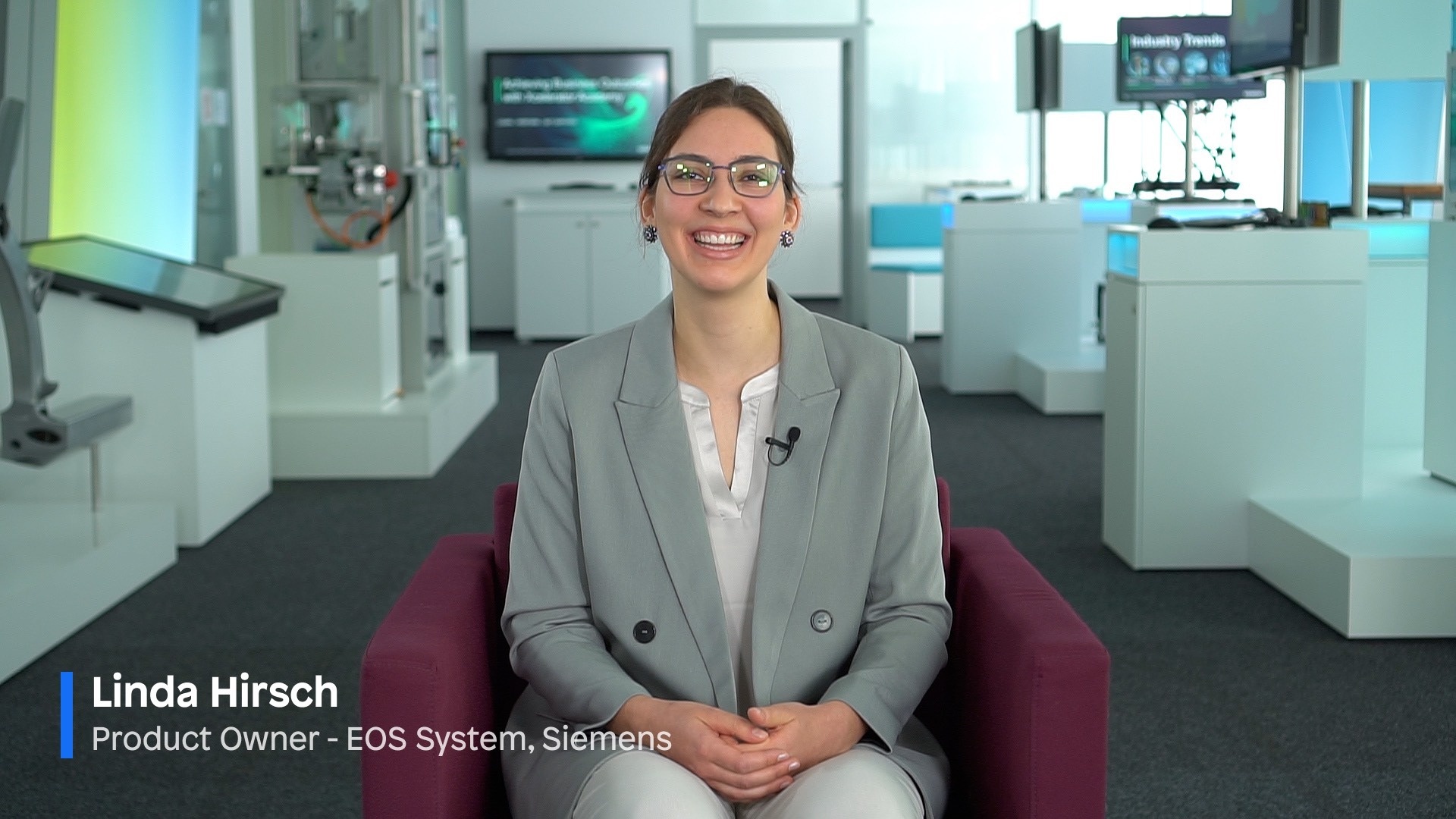
Improving Customer Experience with Digital Claims Management
One instance where the team is impacting external users is in a Lending App delivered for Siemens Financial Services. Every month, 8,000 loan notices were managed through email and fax, a process which was time-consuming and error-prone. Additionally, the previous SharePoint system was reaching end-of-life. Using Mendix, the Siemens team was able to deliver the Lending App which integrates directly with Microsoft Exchange and Loan IQ, automating several steps throughout the request processing journey.
“The application scans thousands of emails coming to the leasing team, which then identifies – through the use of AI – how many of these requests from the customer are related to lending money, setup in a specific category, and how much is requested,” says Hennig. “It also includes workflows to route the request to the next contact. It is a very complex setup which includes AI, Workflow, and has a great visualization interface, which allows users to address customer demand instantly.”
Modernizing a Legacy Railway Standards and Committees Database
One of the systems which Linda Hirsch is Product Owner for is EOS Web 2.0 within Siemens Mobility. EOS, which stands for Experience with Standards Online Service, provides the standards and regulations for thousands of pieces of railway related equipment. As the railway industry is incredibly regulated, the application is critical for Siemens’ ability to authorize and ultimately sell its products and services.
“The former EOS was developed in 2002, so it had a very old infrastructure and there was increasing instability… Bugs in the system had interrupted users from engineering, authorization, and quality management departments whilst working,” recalls Hirsch. The Mobility team had a hard deadline of September 2021 looming over them, as this was when the original EOS application would have gone out of service.
“Today, we have more than 6,200 active end-users who we support with information from working groups, tracking services, and regulations and standards. There are over 50,000 regulations and standards within the database.”
“We heard about this new solution in the company and because we had a tight timeline, we decided to use Mendix. It was a new experience for everyone,” says Hirsch. The team of one SCRUM master, four developers, and two product owners began working in an agile way to rebuild the system in time.
“When we developed the new application, we rebuilt all the features we had in the old application whilst improving the user interface so that it was more intuitive for users to navigate, find standards, and download them,” she adds.
The new application, EOS Web 2.0, was delivered in just 6 months and 15 sprints. “Today, we have more than 6,200 active end-users who we support with information from working groups, tracking services, and regulations and standards. There are over 50,000 regulations and standards within the database.”
Innovation on the Shopfloor
In the Motion Control Unit, Philipp Lutz and his team have delivered 30 low-code applications in the last three years. One of these includes the Material Supply Manager, which Lutz began developing in 2019.
“This application was something completely new,” says Lutz. “We didn’t want to manage this process with tables or a hard-to-use application. What we had in mind was a web application that anyone could use, and would be secure, stable, and connected to our back-end systems. Based on what we had seen in other projects, we felt this was the right use case for Mendix.”
The patented solution handles material flow throughout the factory via real-time IoT sensors and visual planning. “This is a use case in shopfloor logistics in a factory in Erlangen, which has since grown a lot. We’re still working on it and it’s never 100% done, as it is a large project with IoT sensors, AGVs connected, and a very sleek Mendix user interface,” says Lutz. “The goal is to sell it on the external market, which we’ve already started for one factory. We’re building a scalable platform which can be used in multiple factories.”
As one of the first applications developed in Motion Control, Lutz is particularly proud of this solution which was developed by six people and received accolades such as first place in the 2021 Siemens & Mendix Virtual Roadshow as well as third place for the Werner von Siemens Award. Beyond its recognition for innovation within the company, the Material Supply Manager is generating six-figure benefits for Siemens annually.
Lutz puts it best when it comes to the possibilities which are ahead. “It’s currently the change of the fiscal year so we are assessing our portfolio. We have some applications we want to connect, and I am looking forward to that. But in the end, the best project is always the next.”
Transformation at Scale
The sheer volume of Siemens’ low-code portfolio is proof that it takes more than technology to make a successful IT organization. Balancing the human aspects – the needs of your end-users, fostering a community, and offering structure – has made it possible for Siemens to start delivering on their digitalization ambitions.
The Siemens IT team categorizes the benefits of low-code in three key areas:
- IT can meet the demands of the business, by expanding the resource pool of development contributors and making it easier for them to build through reusable components or ease of integration, leading to…
- Accelerated development, which also affords teams the opportunity to test, learn, scrap, and iterate in a way that would have been far too costly with traditional development.
- Standardization with room for customization. Employees and customers can extend existing tools or platforms, while also having a consistent foundation upon which those customizations are created and shared.
Contributors like Hermle, Lutz, Hirsch, and Hennig often come back to the collaborative community as being a differentiator in their success.
“The beauty of my job is whenever I see a new product being launched or a new environment being created or a process being digitized – instances that make work faster, less costly, and less complex – seeing this delivered by a great team, which is working jointly between business and IT, these are the greatest moments of being a CIO.”

